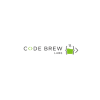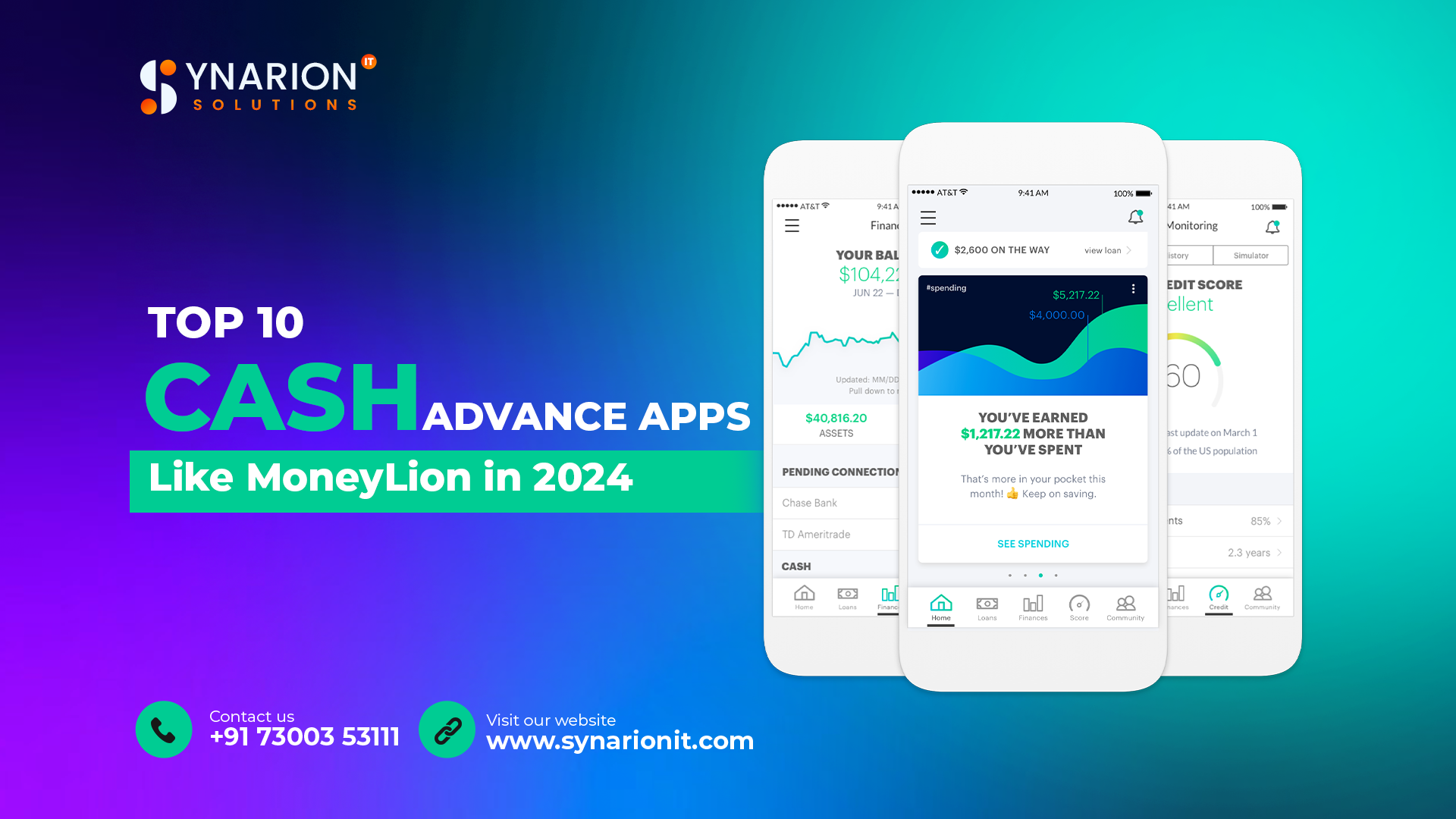Agile in Finance: Adapting Project Management Tools for Financial Software Development

The financial industry is undergoing a significant transformation, driven by technological advancements and changing consumer expectations. To keep pace with these changes, financial institutions are increasingly adopting Agile project management methodologies. Agile, known for its flexibility, iterative development, and customer-centric approach, is becoming a cornerstone in financial software development. This blog explores how Agile can be adapted for financial software projects, the benefits it offers, and how financial software development companies can leverage Agile to deliver superior products.
Understanding Agile in Financial Software Development
Agile is a project management methodology that emphasizes iterative development, where requirements and solutions evolve through collaboration between cross-functional teams. Unlike traditional project management methods that follow a linear path, Agile promotes continuous improvement, early delivery of working software, and a flexible response to change.
Key Agile Principles
-
Customer Collaboration Over Contract Negotiation: Agile prioritizes ongoing collaboration with customers to ensure that the final product meets their needs.
-
Responding to Change Over Following a Plan: Agile methodologies embrace change, allowing project teams to adjust to new requirements even late in the development process.
-
Working Software Over Comprehensive Documentation: The primary measure of progress in Agile is working software that delivers value to the customer.
-
Individuals and Interactions Over Processes and Tools: Agile emphasizes the importance of communication and collaboration among team members.
Implementing Agile in Financial Software Development
Training and Onboarding
The first step in implementing Agile in financial software development is training and onboarding your team. This involves educating team members about Agile principles and practices through workshops, training sessions, and ongoing support.
Selecting the Right Tools
Choosing the right project management tools is crucial for Agile implementation. Tools like JIRA, Trello, and Asana facilitate task management, collaboration, and progress tracking. Additionally, communication tools like Slack or Microsoft Teams can enhance team collaboration.
Building Cross-Functional Teams
Assemble cross-functional teams that include members from various disciplines such as development, testing, design, and business analysis. This ensures that all aspects of the project are considered and integrated throughout the development process.
Defining User Stories
Break down the project into user stories, which are small, manageable pieces of functionality from the end-user’s perspective. This approach helps in prioritizing features and ensuring that the most valuable functionalities are developed first.
Regular Sprints and Standups
Conduct regular sprints, which are short, time-boxed periods (usually 2-4 weeks) during which specific tasks are planned, executed, and reviewed. Daily standup meetings help the team stay aligned and address any roadblocks promptly.
Continuous Testing and Integration
Incorporate continuous testing and integration to ensure that code changes are regularly tested and merged. This reduces the risk of significant issues later in the development cycle and maintains high quality throughout the process.
Iterative Delivery and Feedback
Deliver small increments of the software frequently and gather feedback from stakeholders. This allows for adjustments and improvements to be made early in the process, ensuring that the final product meets the customer’s needs.
Retrospectives
After each sprint, hold a retrospective meeting to reflect on what went well, what didn’t, and how processes can be improved in the next sprint. This continuous improvement cycle is key to Agile’s success.
Benefits of Agile in Financial Software Development
Enhanced Flexibility
Agile’s iterative approach allows teams to adapt quickly to changes, whether they’re due to shifting market demands, regulatory updates, or new technological advancements.
Improved Customer Satisfaction
Frequent delivery of working software ensures that customers can see progress and provide feedback early and often, leading to a product that better meets their needs.
Higher Quality Products
Continuous testing and integration help maintain high quality throughout the development process, reducing the likelihood of significant defects or issues.
Faster Time-to-Market
Agile’s focus on incremental delivery means that valuable features can be deployed sooner, giving financial institutions a competitive edge.
Better Risk Management
Regular reviews and the ability to adapt to change mitigate risks by ensuring that the project stays aligned with business objectives and market needs.
Role of Financial Software Development Companies
Custom Fintech App Development
Financial software development companies specialize in creating custom fintech apps tailored to the specific needs of financial institutions. These apps can range from mobile banking solutions to complex trading platforms, offering enhanced functionality and user experience.
Fintech App Development
Developing innovative fintech applications that leverage the latest technologies is a core competency of financial software development companies. These applications provide seamless and secure financial services to users, driving business growth and customer satisfaction.
Financial Software Developer Expertise
Experienced financial software developers understand the unique challenges and regulatory requirements of the financial industry. Their expertise ensures that the developed solutions are robust, scalable, and compliant with industry standards.
Building Fintech Apps
Financial software development companies have the expertise to build fintech apps that are not only functional but also secure and user-friendly. These apps enhance the overall user experience, driving customer engagement and loyalty.
Conclusion
Agile methodologies offer a flexible, iterative approach to financial software development, enabling financial institutions to stay ahead of the curve in a rapidly evolving industry. By embracing Agile, financial software development companies can deliver high-quality, customer-centric solutions that meet the ever-growing demands of the market.
As the financial industry continues to evolve, adopting Agile practices will be key to maintaining a competitive edge and delivering innovative solutions that drive business growth. So, partner with a financial software development company that offers comprehensive financial software development services, including custom fintech app development, to navigate this transformation successfully. Embrace Agile, and watch your financial software projects thrive in this dynamic environment.


